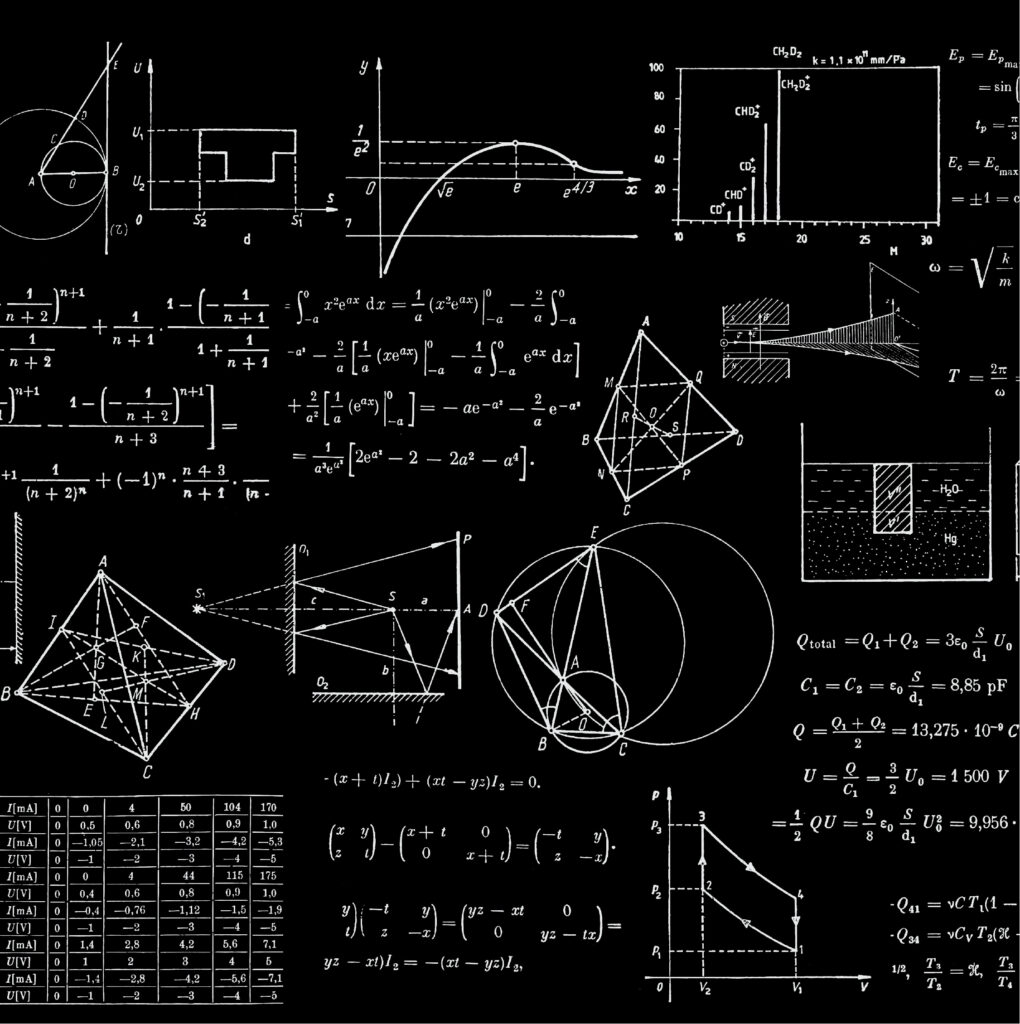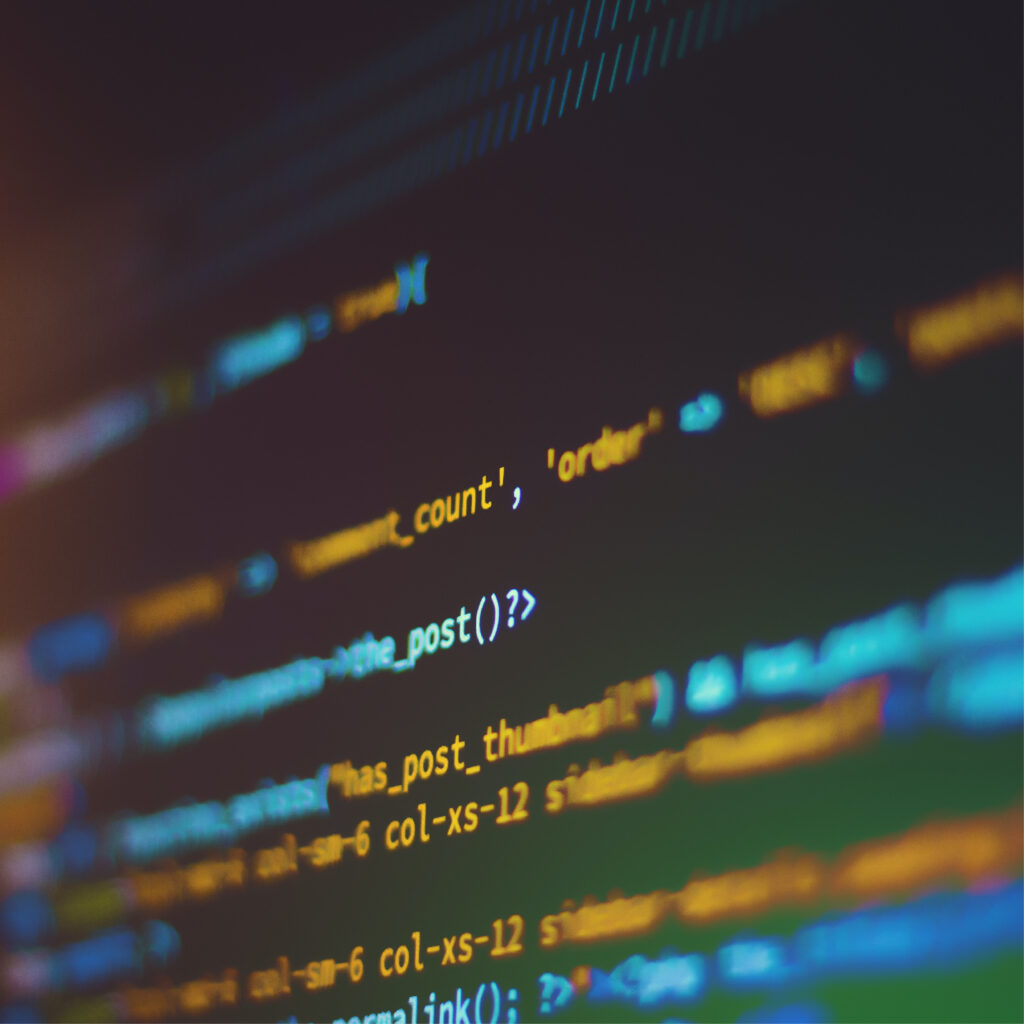The quality of a model greatly depends on the data it is being developed. If the data used is not suitable for the model, then it is likely to fail when confronted with actual data which is unobserved. Therefore, it is crucial to alter the data to be compatible with a model algorithm. This process, also known as preparation, involves consolidation, cleansing, and exploration of data.
Before using a data set to build a model, we must first explore the data in order to get an understanding of what our data is. This assists in better decision-making in the modeling process. Additionally, certain modeling algorithms require a specific type of data to work, requiring specific changes to be made to the data. This is accomplished by changing the features that make up the information. Furthermore, the data is almost always plagued by the issue of missing values and outliers, and it is essential to tackle these issues since when you do not, the results of the model may be inaccurate.
These are the important steps of data analysis: Data Exploration and Preparation. This component is examined.
Like the three other sections, this section is split into two parts: Theory and Application. The theory section discusses the need for data preparation since each kind of modelling algorithm requires data preparation in a different way. This and many other aspects are covered in the Theory section.
In this Application, Different datasets are analyzed and created with Python along with R.

Numerous distinct actions can be done to the data, which, when taken together, could be referred to as the data analysis and preparation methods. This article will look at the various ways to consolidate and treat the data to make it more useful for algorithms. A further important element explored is the different methods to engineer the features. Features Engineering is a process that includes transformation Engineering, Scaling, Construction, and Reduction of Features.

Within the Application, Python and R can be used for creating a data set from the beginning. In this article, we will look at sample datasets through the different packages that are available in various software. The concepts discussed in the Theory section are also addressed here; however, the emphasis is on the different application methods and less on the theoretical aspects. The universal algorithms here can be reproduced with minimal modifications to create additional data sets.
